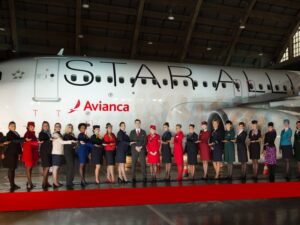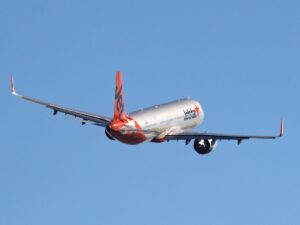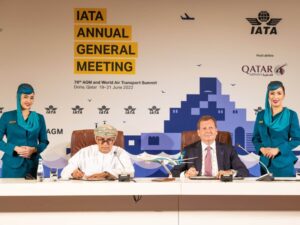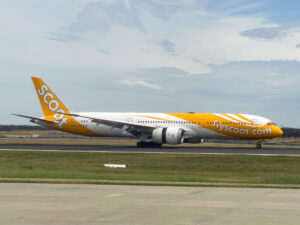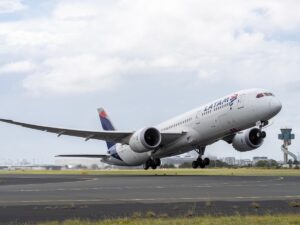From the late 1940s until the 1990s, Australia operated under a two airline policy. That policy put in place a law that specified only two airlines could operate the routes between major cities. Over the time it was in place, travel by air was expensive, and often inflexible. For some routes, there would be two departures within 5 minutes of each other and then nothing for hours. If you were a shareholder of one of those two airlines, it certainly was a case of the “good old days”.
Today of course our aviation scene is a little different; at least on the surface. We have four airlines operating domestically on the major routes, none of which is majority government owned. Airfares for some routes have never been lower. On any given day, a flight from Sydney to Melbourne can be had for $50. That’s half the bus fare for the same route. While the cheap airfares may be good for the consumers, it’s clear they are not going to last forever.
Virgin’s Tigerair Australia losing $2 million a week Ouch!
No matter how big or how small you are, a loss of $2 million per week is not something to gloss over. Tiger is not a big airline, but they are part of a bigger airline group being 60% majority owned by Virgin Australia. With only thirteen aircraft in the fleet, when you break down the suggested result per aircraft, things don’t look any better.
A loss of $171K per frame, per week is a big number. If you applied that over the QF group fleet (assuming 335 frames?) the annual loss would be just shy of $3 Billion
However, breaking things down into small pieces can run the risk of missing the bigger picture. Since Virgin assumed majority ownership for the loss making airline, they have made significant changes. Those changes have affected not only Tiger but Virgin. This includes changing the Tiger schedule to replace some of Virgin’s less profitable services. With Tiger having a lower cost base, and Virgin only sharing 60% of the loss, it makes a lot of sense. Virgin now has the ability to cherry pick the good routes for themselves.
While the days of the two airline policy are long gone, we still effectively have two airlines operating in Australia, each with a low cost subsidiary. Financial results for the year are due this month from both airlines. How successful the low cost carrier model is in the long term remains to be seen, those results will help paint a clearer picture. For some of our members, it’s hoped the low cost model is here to stay.
I’m supporting them. Just hope they are still around for my Melbourne – Adelaide flight in October returning from AFF #8
Will Tigers results see them cut adrift, or will they be folded into Virgin completely, have your say HERE.



